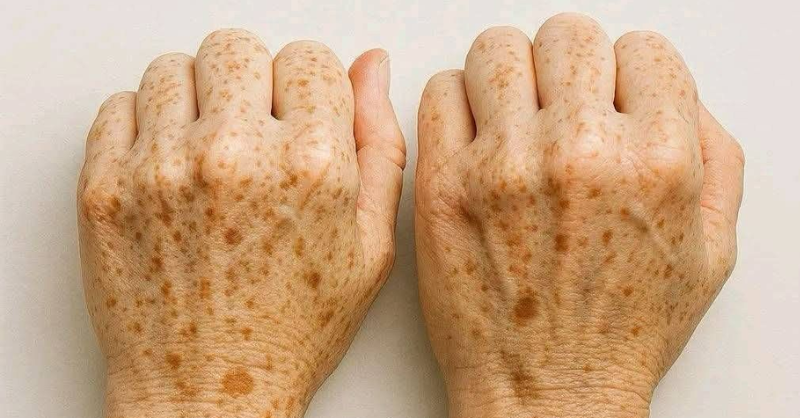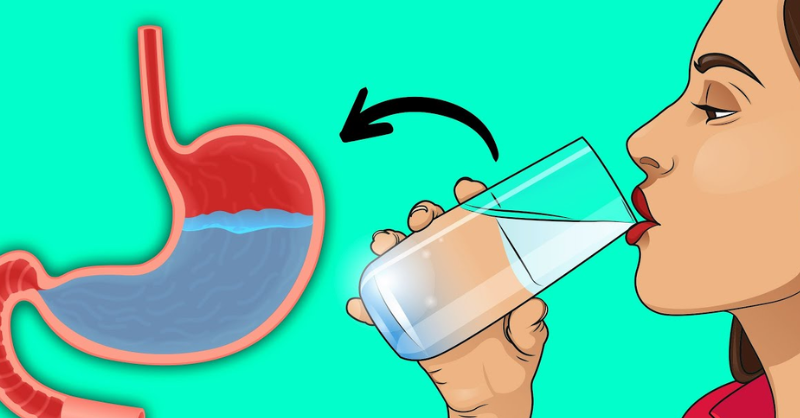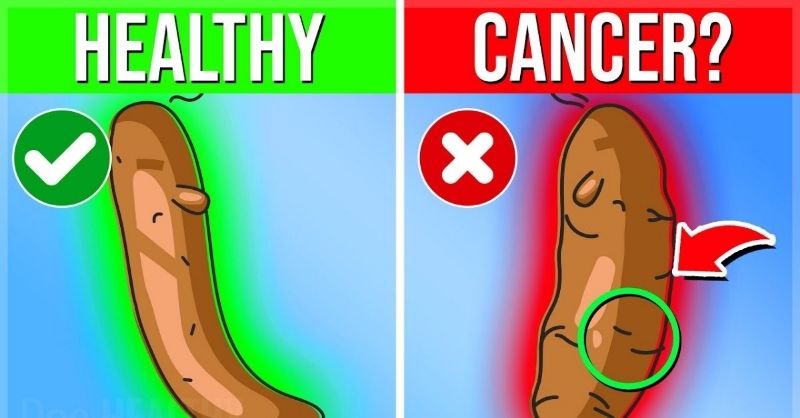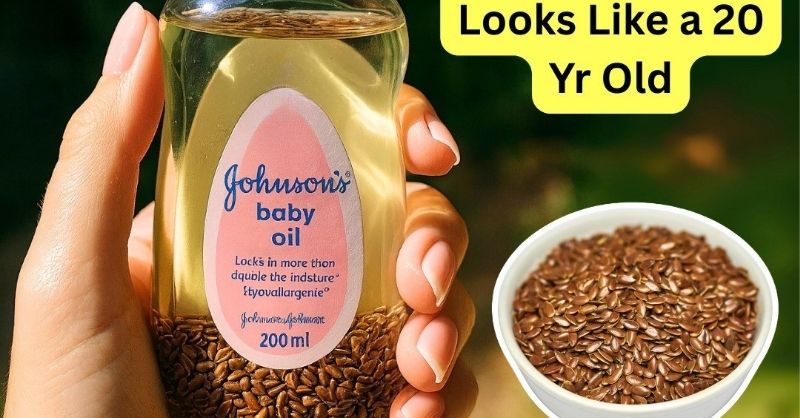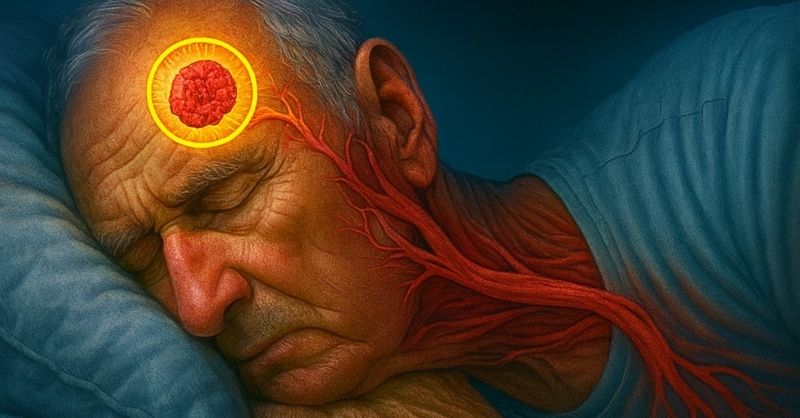
Many people don’t realize that improving blood circulation in the legs often comes down to a single vitamin they may already have in their diet. Feeling heavy, swollen, or painful legs isn’t just uncomfortable—it can also signal a nutrient deficiency. Fortunately, simple dietary changes can have a noticeable impact on vascular health.
In this article, we explore the causes of poor circulation, common symptoms, the most important vitamin for blood flow, and practical tips to support healthy circulation naturally.
Signs of Poor Circulation
Poor circulation can show up in several ways. Watch for these common signs:
- Cold hands and feet: A sign that blood flow to the extremities may be reduced, especially noticeable in colder months.
- Swollen legs and feet: Often linked to circulatory issues, swelling signals that blood and fluids are not moving efficiently.
- Frequent cramps: Nighttime leg cramps may indicate insufficient blood flow to muscles.
- Tingling or numbness: Nerve function can be affected when circulation is poor.
- Slow wound healing: Adequate blood flow is essential for proper tissue repair.
- Varicose veins: Beyond being cosmetic, varicose veins can indicate deeper circulatory problems.
- Unexplained fatigue: Reduced oxygen and nutrient delivery due to poor circulation can leave you feeling constantly tired.
Vitamin B12: Your Circulation Ally

Vitamin B12 plays a crucial role in producing healthy red blood cells, which carry oxygen throughout the body. A deficiency can lead to fatigue, weakness, anemia, and can negatively affect the circulatory system. Beyond circulation, B12 also supports the nervous system, enhances mood, and helps prevent memory decline.
Sources of Vitamin B12:
- Meat (beef, chicken)
- Fish (salmon, tuna)
- Eggs
- Dairy products
For those following vegetarian or vegan diets, supplements or fortified foods may be necessary to meet daily B12 requirements.
Other Vitamins and Minerals That Support Circulation

- Vitamin B6: Helps prevent the buildup of homocysteine, a compound that can damage blood vessels. Found in bananas, salmon, and legumes.
- Folic Acid (Vitamin B9): Essential for red blood cell production, supporting oxygen delivery throughout the body. Good sources include leafy greens, legumes, and avocados.
- Magnesium: Helps blood vessels relax and maintain normal blood pressure. Found in spinach, almonds, and avocados.
- Vitamin D: Supports arterial elasticity, allowing smooth blood flow. Can be obtained from sunlight, fatty fish, and fortified foods.
Takeaway
Improving leg circulation can be as simple as making sure your diet includes the right vitamins and minerals. Paying attention to warning signs like swelling, cramps, or fatigue and adjusting your nutrition accordingly can have a meaningful impact. A vitamin-enriched diet not only supports healthy circulation but also contributes to overall cardiovascular and nervous system health.
